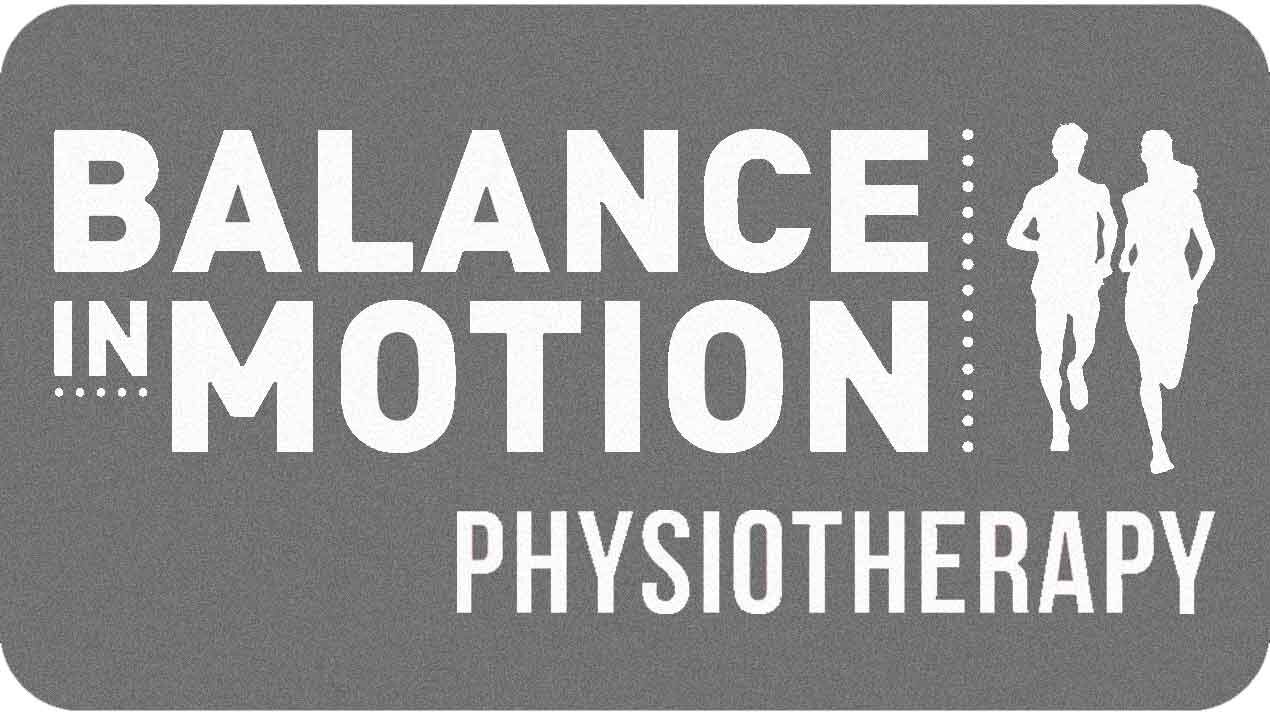Why Strength Training Matters for Triathlon Swimmers (Well… ALL Swimmers)
/When it comes to triathlon training, most athletes focus on building endurance and refining technique across the three disciplines: swim, bike, and run. But one crucial element that often gets sidelined, especially for the swim leg, is strength training.
If you associate strength training only with bulky muscles or gym sessions for bodybuilders, it’s time to shift that mindset. For triathletes, especially swimmers, strength training offers a wide range of benefits that can improve performance, prevent injury, and help you become a more resilient, efficient athlete.
Here’s why incorporating strength exercises into your triathlon training can be a game-changer.
1. Enhance Stroke Efficiency and Technique
A strong swimmer isn't just powerful, they’re efficient. Strength training supports the muscle control and endurance needed to maintain good form from the first stroke to the last. Proper technique reduces drag, conserves energy, and allows you to move through the water with less effort. Fatigue is often what causes form breakdown, and stronger muscles help delay that decline in technique.
2. Boost Power and Speed in the Water
BUT Swimming isn't just about endurance or technique, it also requires power. Every stroke you take is a force against the resistance of water, and the stronger your muscles are, the more propulsion you generate. Strength training, focusing on the swimming specific muscles and ranges of motion across the upper body (shoulders, lats, triceps) and legs, helps you swim faster and more powerfully, this allows you to remain efficient even in tough conditions such asl in open water where conditions are unpredictable.
3. Prevent Overuse Injuries
Triathletes spend a lot of time repeating the same movements, especially in the swim, where the shoulders and upper back are under constant strain. Strengthening the muscles that stabilize the shoulders, spine, and hips can help correct imbalances and protect against common injuries like swimmer’s shoulder or rotator cuff strains. A targeted strength routine helps reinforce good movement patterns, improve tissue tolerance and supports your joints under load.
4. Improve Core Stability and Body Positioning
A strong core is essential for a streamlined position in the water. Core muscles, including the abdominals, lower back, glutes, and hips, are responsible for maintaining balance, rotation, and body alignment. This reduces resistance and helps you maintain a horizontal position, which is crucial for speed and efficiency. Better core strength also translates into smoother transitions from swim to bike and bike to run.
5. For The Triatheletes Out There It Will Support Your Performance Across The Next Two Legs
Swimming may be the first leg of a triathlon, but its impact carries over into the rest of the race. Starting the bike with fatigued or underprepared muscles can set you back. Strength training enhances muscular endurance and recovery, giving you a solid foundation for the cycling and running legs. It also helps prevent overall fatigue and keeps your form sharp, even during the final stretch of the race.
Not Sure Where to Start? Talk to a Pro
If you’re new to strength training or aren’t sure which exercises are best for your swim performance, consider consulting a physiotherapist, strength coach, or triathlon-specific trainer. These professionals can assess your movement, identify imbalances or weaknesses, and create a tailored program that supports your goals and prevents injury.
A well-designed strength plan doesn’t have to be complicated or time-consuming. Even two sessions per week can make a significant difference in your swim performance—and in your race-day confidence.
Swimming faster and more efficiently in a triathlon isn’t just about swimming more, it’s about training smarter. Strength exercises build the foundation that allows you to move better, last longer, and race stronger. Add strength training to your triathlon toolbox, and you'll likely notice improvements across every leg of your race.
Stay tuned for Seb’s top 3 Shoulder exercises for swimmers…

